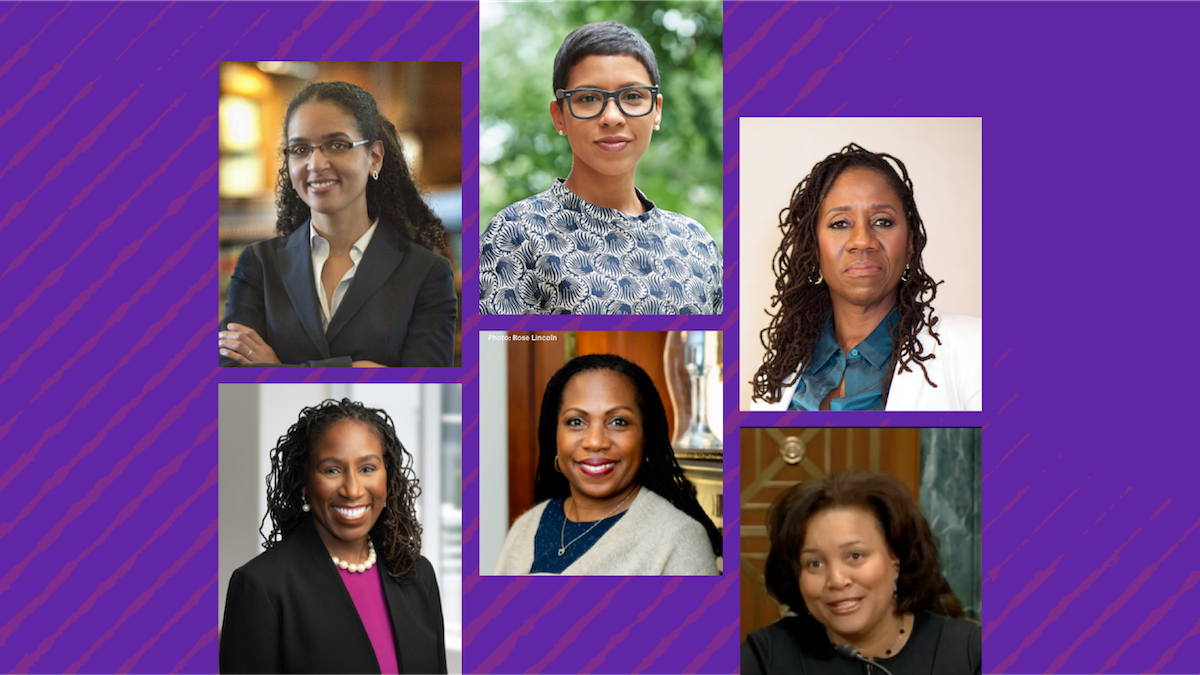Abortion rights, women of color, and LGBTQI+ people are under attack. Pledge to join us in fighting for gender justice.
Diversity in the Federal Judiciary on the Decline


During President Obama’s administration, starting in 2014, for the first time in history, 50% of active federal judges were not white men. Indeed, the all-time highest numbers of female, African-American, Hispanic, and Asian active federal judges all occurred during the Obama Administration.
This is a remarkable benchmark (no pun intended), and one with critically important ramifications for the federal judiciary. When the courts are most reflective of the people of this nation, the public has more confidence in the court as an institution. Moreover, more diverse courts improve the quality of justice: judges who are women, or people of color, help the courts on which they sit understand the real-world implications of judicial rulings, and realize the intended purpose and effect of the laws they are charged with applying.
Unfortunately, already under the Trump Administration, the numbers of active female and minority judges are dropping. And the Trump judicial nominees nominated to replace them are overwhelmingly white, and male. The starkest example of what this means for our courts is currently playing out on the Eighth Circuit, the least diverse circuit in the entire country. The first female judge on the Eighth Circuit, Judge Diana Murphy, was not joined by another woman (Judge Jane Kelly) until 2013. Judge Murphy’s recent retirement leaves, once again, only one woman on this court, along with one minority judge. In contrast, women make up 37% of active appellate court judges overall.
Justice Ginsburg put it best when she was the only woman on the Supreme Court (following Justice O’Connor’s retirement): “No one wants to be a one-at-a-time curiosity, and that’s what I was. I was the only one. It wasn’t the way the court should be at this time in our history.” The same is true for the Eighth Circuit today. At this point in history, when women make up a majority of law students and a robust portion of the legal profession, women judges should no longer be “one-at-a-time curiosit[ies]” on the courts on which they serve.
Women’s representation on the Eighth Circuit has no immediate prospects for improvement, since all of the individuals nominated to fill vacancies on the Eighth Circuit – including David Stras, named to replace Judge Murphy – are white males. In the case of the Stras nomination, the Trump Administration made the nomination without consulting the home state senators or undertaking an inclusive and transparent nominating process. So rather than asking why Stras’ nomination is not moving faster, “We should be asking: Who can add the most strength to the collective Eighth Circuit to ensure that the court as a whole understands the diverse experiences of the American people and can interpret the law to do justice given that diversity?” as a diverse group of Minnesota bar leaders did last week.




